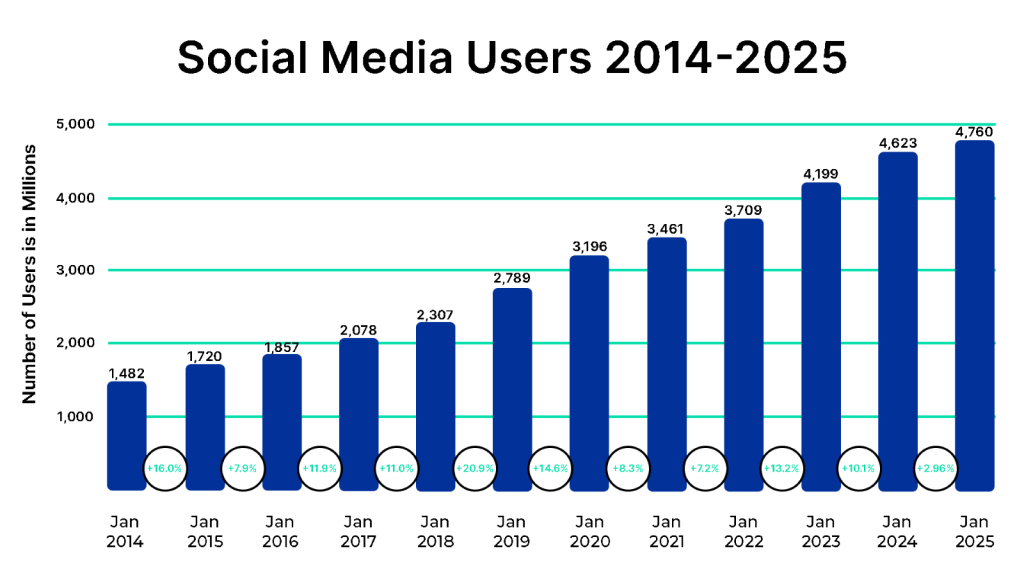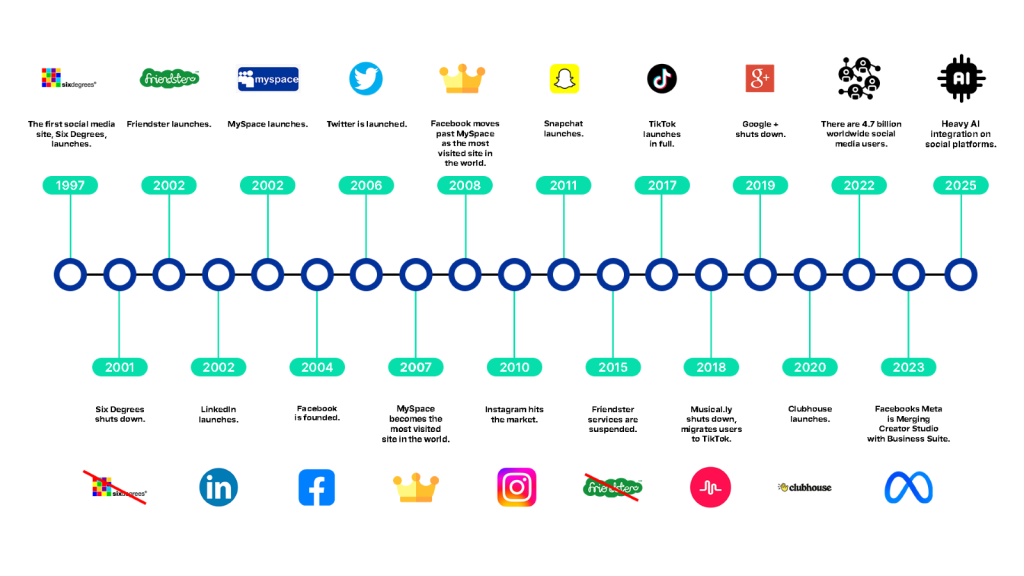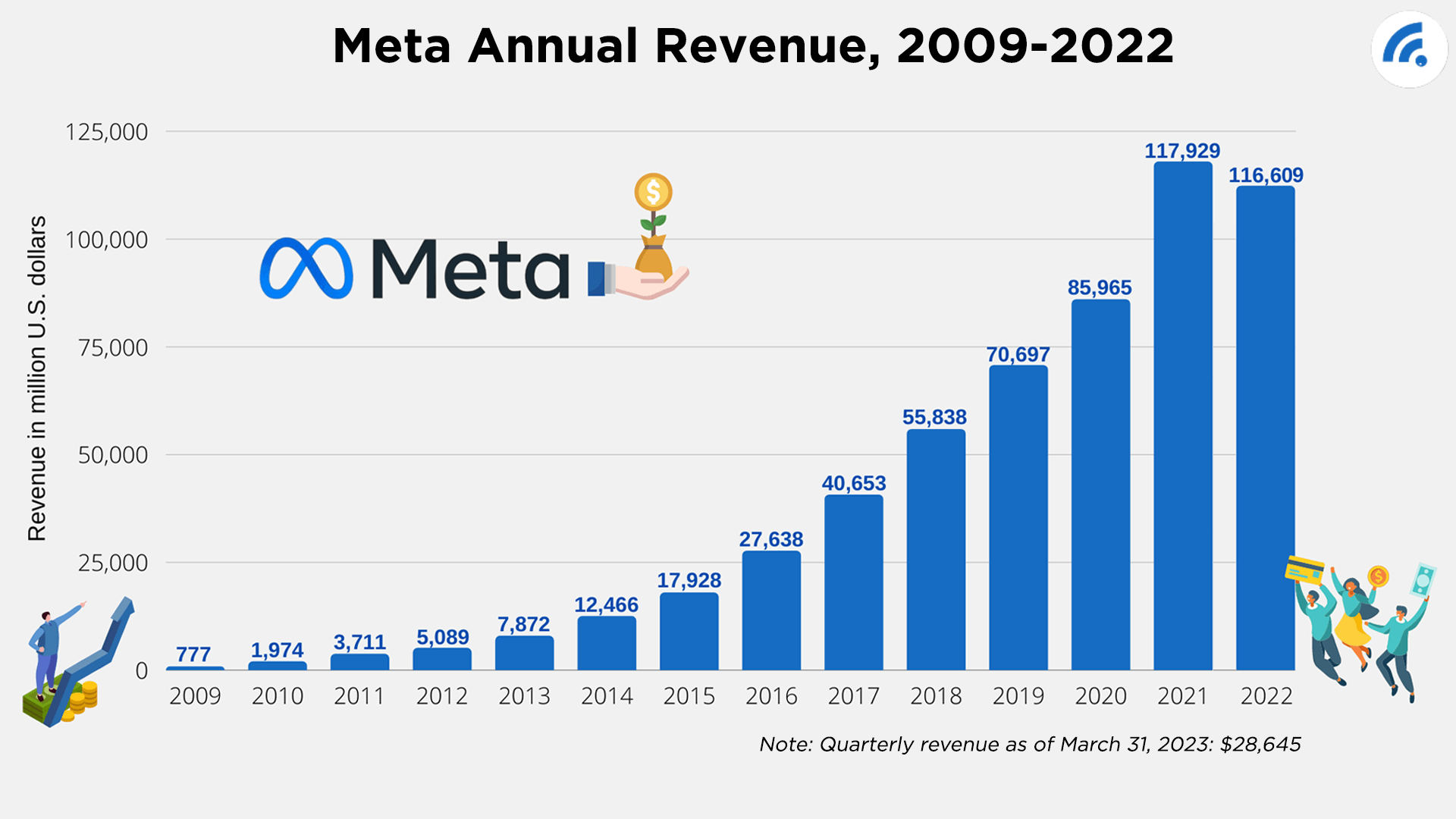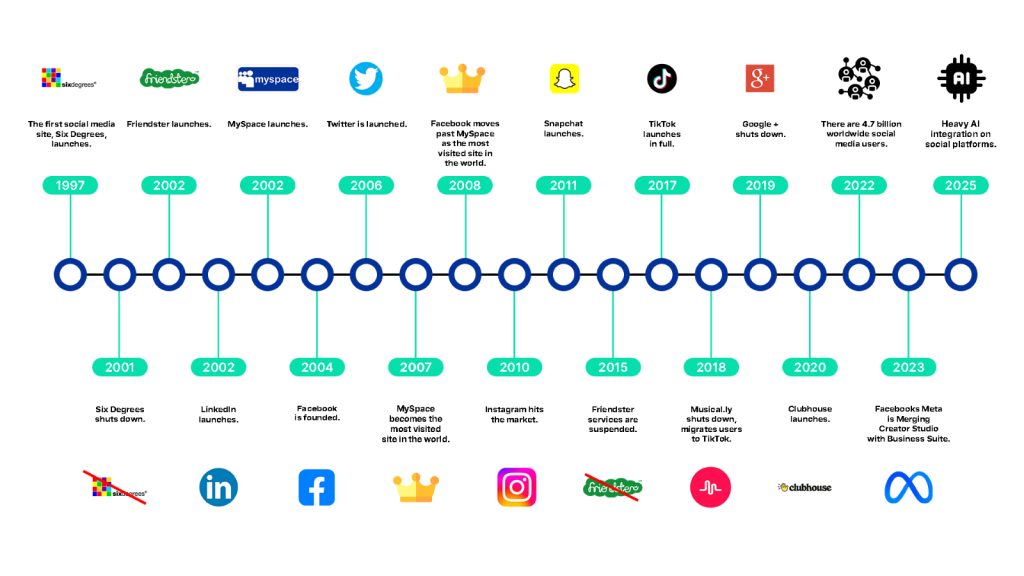Social media feels like it has always been with us, shaping our culture and daily lives. But it’s much younger than most people think. Because it relies on the internet, it can’t be older than about 30 years, since the internet became mainstream in the early 1990s. Even then, social media as we know it today didn’t emerge until the late 1990s and only became a true global force around 2005.
Why the delay? Two main reasons: smartphones weren’t yet widespread, and tech companies were still experimenting with what people actually wanted. Platforms like Friendster and MySpace came and went quickly, showing that lasting engagement was harder to achieve than it looked.
Understanding this history helps us see current trends in context and anticipate where social media may head next.
What is Social Media?
Historically, “social media” could describe any shared communication method, from town criers to bulletin boards. Today, it refers specifically to online platforms where people can create, share, and interact in real time.
In 2025, AI drives much of what we see online. Algorithms customize feeds based on user behavior, making social media highly personalized. This has major implications for marketing, politics, education, and even the way we form opinions.
The Invention of Social Media
Despite the myth popularized by The Social Network, Mark Zuckerberg didn’t invent social media. The concept traces back to the early 1990s with the rise of blogs, where people could publish ideas without going through traditional media. But the first real social network appeared in 1997 with SixDegrees, a platform that allowed profiles and connections.
Blogs and early networks laid the groundwork for what would become a revolution in how people communicate.
Social Media Use Over the Years

As of mid-2025, about 5.41 billion people use social media—roughly 66% of the world’s population. On average, people spend 2 hours and 23 minutes per day on social platforms and use around 6.8 different platforms monthly.
While global usage is still growing, the pace has slowed. Instead of just competing for user time, platforms now compete for quality of engagement. Success increasingly comes from meaningful, personalized content rather than endless scrolling.
Social Media Timeline

Social media has been a story of constant reinvention. Many platforms launched between the late 1990s and early 2000s, but few lasted. Below are the most notable milestones:
- 1997 – SixDegrees: The first true social network. Peaked at 3.5 million users before shutting down in 2001 due to poor monetization.
- 2002 – Friendster: Pioneered multimedia sharing. Hit 100 million users by 2008 but eventually collapsed.
- 2002 – LinkedIn: Created as a professional networking platform, now home to over 1 billion members (2024).
- 2002 – MySpace: A multimedia giant in its prime. Peaked at 80 million users and a $12B valuation in 2008 before Facebook took over.
- 2004 – Facebook (Meta): Launched for Harvard students, then opened globally in 2006. Now serves 3.2 billion monthly users across its app family.
- 2005 – YouTube: Revolutionized video sharing and is now the second-largest search engine, with 2.5 billion logged-in monthly users.
- 2006 – Twitter (Now X): Known for short posts, it grew steadily but struggled financially. Under Elon Musk, it rebranded as X and remains influential.
- 2010 – Instagram: Focused on visual storytelling. Acquired by Facebook in 2012 for $1B, now valued at around $100B if independent.
- 2011 – Snapchat: Popularized disappearing messages and Stories. Now has nearly 1 billion monthly active users.
- 2016 – TikTok: Dominates short-form video with 1.56 billion users averaging 55 minutes daily.
- 2023 – Threads: Meta’s answer to Twitter, now approaching 400 million users with rapid feature expansion.

Social Media Since 2020
In the past five years, several key trends reshaped social media:
- Short-form video dominance: TikTok set the tone, with Reels and Shorts following.
- AI personalization: Feeds are now hyper-tailored by machine learning.
- Platform shifts: Threads rising as a Twitter alternative; X less transparent with metrics.
- Usage plateau: Average daily use stabilized at around 2 hours 20–25 minutes.
Social Media Around the World
Global adoption is massive, but usage varies by region:
- Latin America: 3+ hours daily
- Africa & Middle East: Around 3 hours daily
- North America: About 2 hours 10 minutes
- Europe: Roughly 2 hours
In China, domestic platforms like WeChat and QZone dominate due to restrictions on Western apps. As internet access expands in developing regions, global social media usage is expected to keep climbing.
Conclusion: Stay Flexible, Social Media Demands It
Social media has evolved from a niche experiment into a defining feature of modern life in less than three decades. We’ve seen platforms rise and fall, formats evolve, and algorithms become more powerful.
Today, platforms compete less for sheer time spent and more for depth of attention. The winners will be those who deliver meaningful engagement, adapt to rapid changes in format, and navigate the balance between innovation and user trust.
Social media has connected the world and reshaped communication, but it also brings challenges around privacy, mental health, and information integrity. How we address these issues will determine its long-term role in society.
One certainty remains: social media is still evolving faster than you might expect, bringing new opportunities and risks as technology and user expectations shift.

